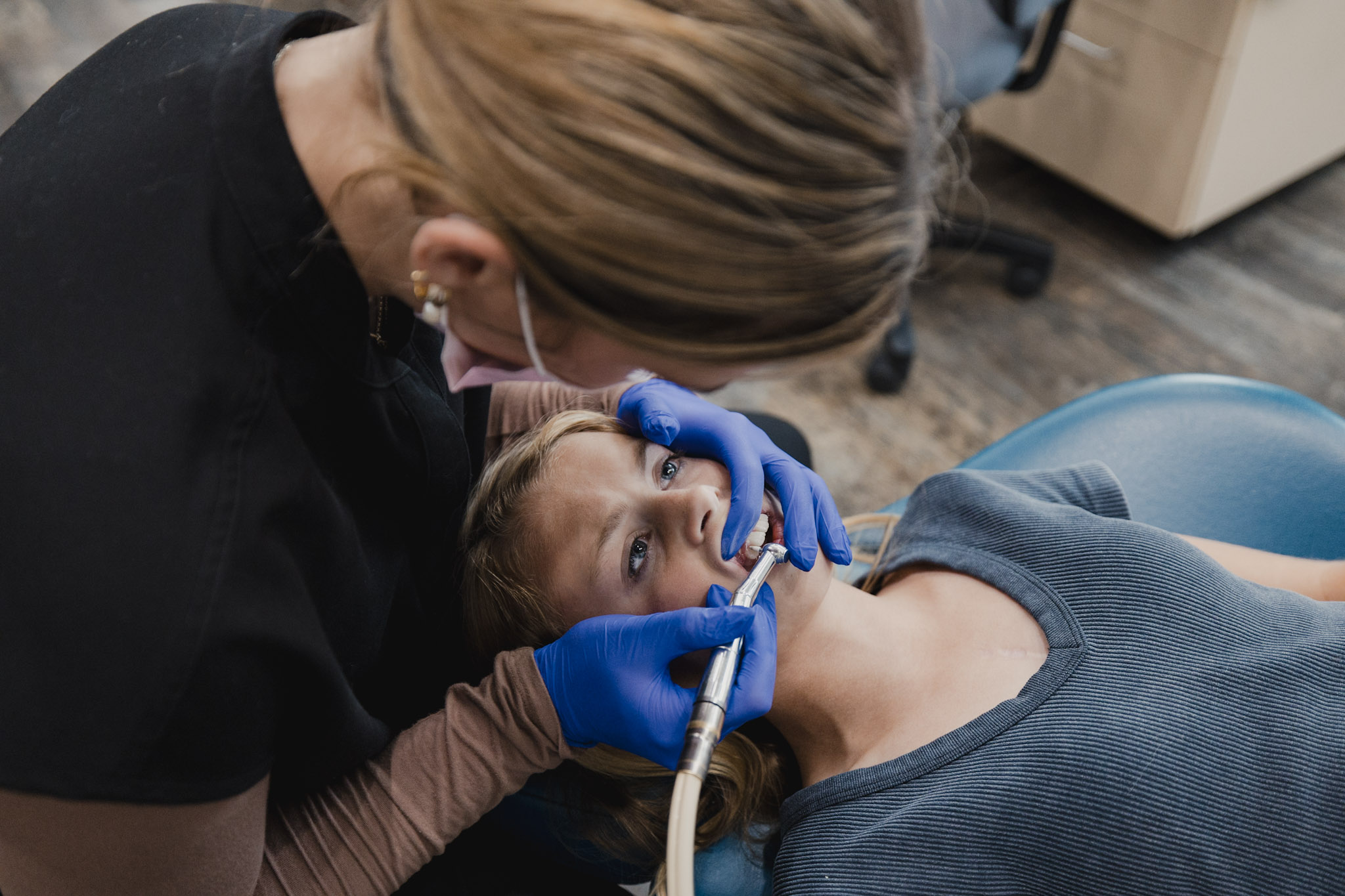Braces vs. Invisalign™
So, you are excited to straighten your teeth and you have found the perfect orthodontic office to do so (Idaho Orthodontics of course–shameless plug). But really, now the debate comes in: braces or Invisalign? The experts here at Idaho Orthodontics will break down the pros and cons of both so you can make an educated decision that fits your needs!
Cleaning
Unlike braces, Invisalign trays can easily be removed. This is a good thing... And a challenging thing depending on your needs. With braces, cleaning your teeth can be a pain. Flossing is time consuming and a little more difficult. However, Invisalign trays can easily be taken out so you can get in a thorough flossing and cleaning.
Of course, every time you remove your Invisalign trays you are putting a stop to the teeth-straightening happening in your mouth. Many people struggle with the lack of discipline to keep Invisalign trays in for at least 22 hours daily.
Eating
When you have braces there are certain foods you must avoid, and food can get stuck in the brackets. With Invisalign trays, you can eat or drink anything, but you must remove your trays every time, and brush your teeth before putting them back on to minimize teeth staining. Braces can be less of a hassle.
Comfort
Let’s be real… When it comes to correcting and moving teeth there is going to be discomfort. With braces being unremovable, it helps get the job done faster. With the ability to remove Invisalign trays the process can be more comfortable, but will be slower overall.
Looks
While there are different colors and ways to customize braces, for a truly minimal look to your smile while straightening your teeth, Invisalign is the way to go. Invisalign is more costly than braces, which is why most children/teens opt for braces. While both are effective it really comes down to personal preference!
Possibility
Invisalign may not be possible depending on your teeth’s needs. For example, rotating teeth must be done with braces.
Consult with your local orthodontist to find out what your options are and what may be the best route for you.
Related post: How Does Invisalign™ Work?
Related Questions
Is Invisalign better than braces for cleaning and oral hygiene?
Invisalign trays can be removed, which makes brushing and flossing much easier and more thorough compared to working around braces and wires. With braces, you’ll need to spend extra time using floss threaders or special tools to clean between teeth and brackets. The tradeoff is that every time you take Invisalign out, you pause tooth movement—so it only stays effective if you’re disciplined about wearing it 22 hours a day.
Which is faster for straightening teeth: braces or Invisalign?
In many cases, braces can be a bit faster because they’re always on your teeth doing their job—you can’t take them out or forget to wear them. Invisalign can be very efficient, but if the trays aren’t worn as directed, treatment slows down. For patients who know they might struggle with consistency, braces are often the more predictable, efficient choice.
Can I eat whatever I want with Invisalign or braces?
With braces, you’ll need to avoid sticky, chewy, and very hard foods that can break brackets or bend wires. Food can also get stuck around the brackets, so careful cleaning is important. With Invisalign, you can eat and drink whatever you like—but you must remove your trays every time you eat or drink anything besides water, then brush before putting them back in to help prevent staining and cavities.
Is Invisalign an option for every patient, or are there cases where braces are required?
Invisalign can treat many types of crowding, spacing, and bite issues, but it isn’t ideal for every smile. Some movements—like certain kinds of tooth rotation or more complex bite corrections—are often better handled with braces. During a consultation at Idaho Orthodontics, your orthodontist will examine your teeth and bite, then let you know whether braces, Invisalign, or a combination is the best fit for your specific needs.





.png)


.svg)

